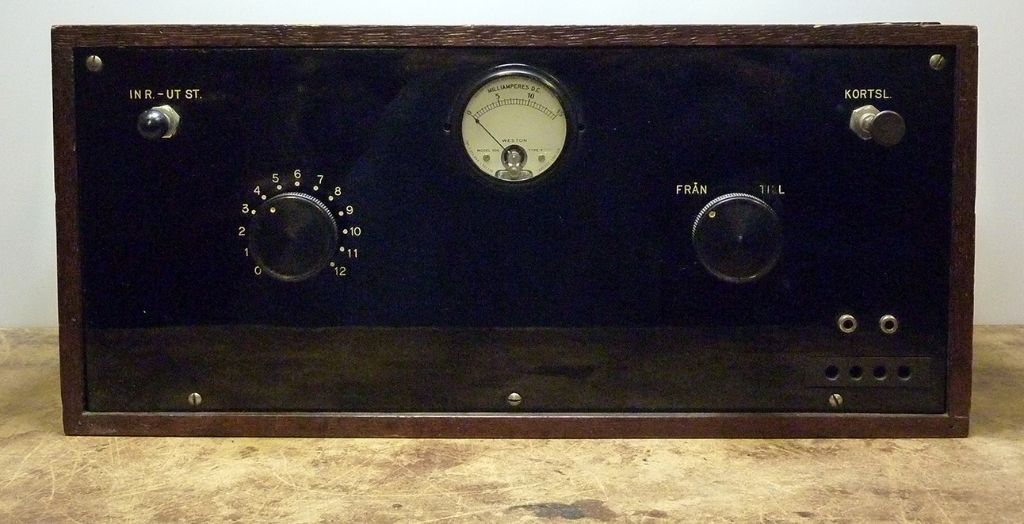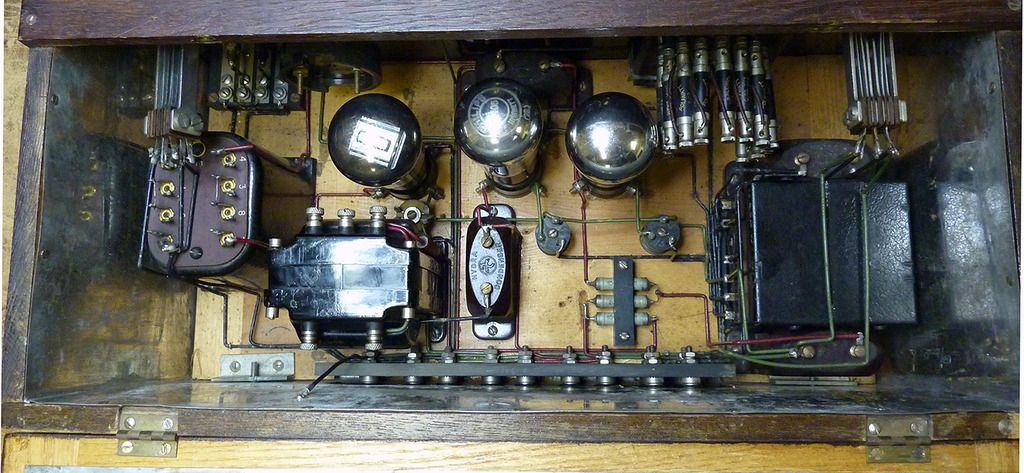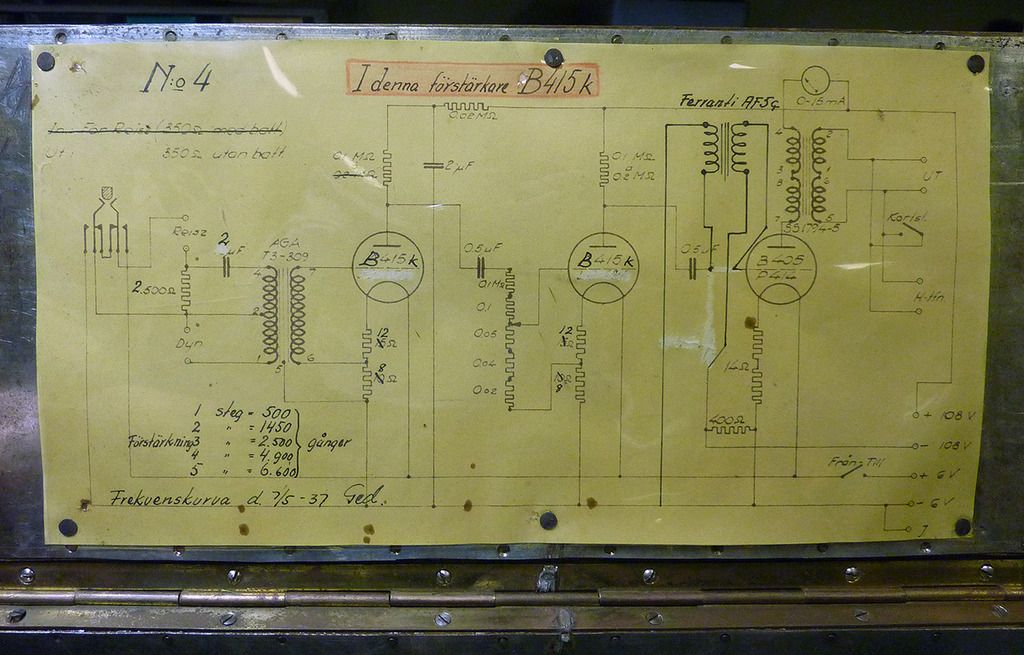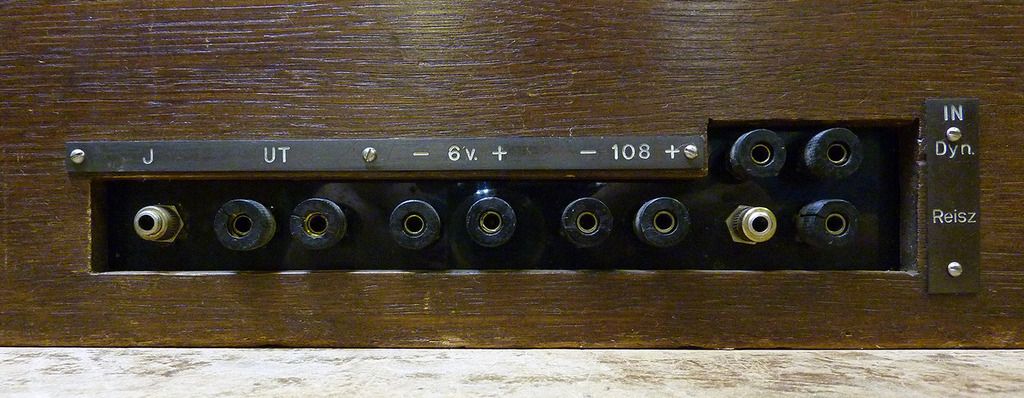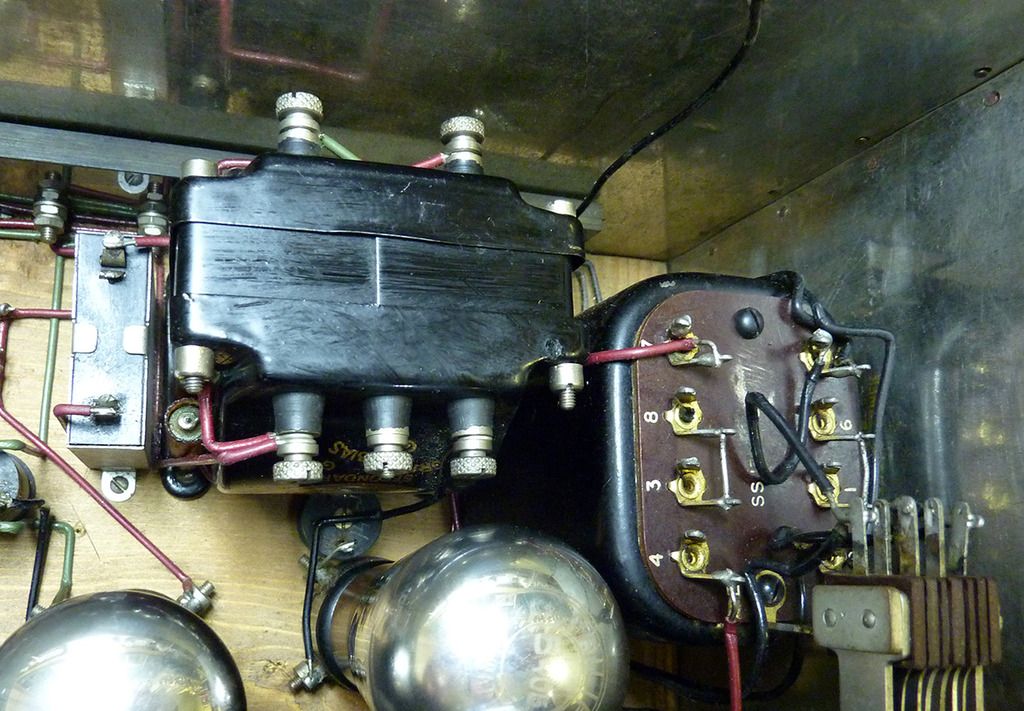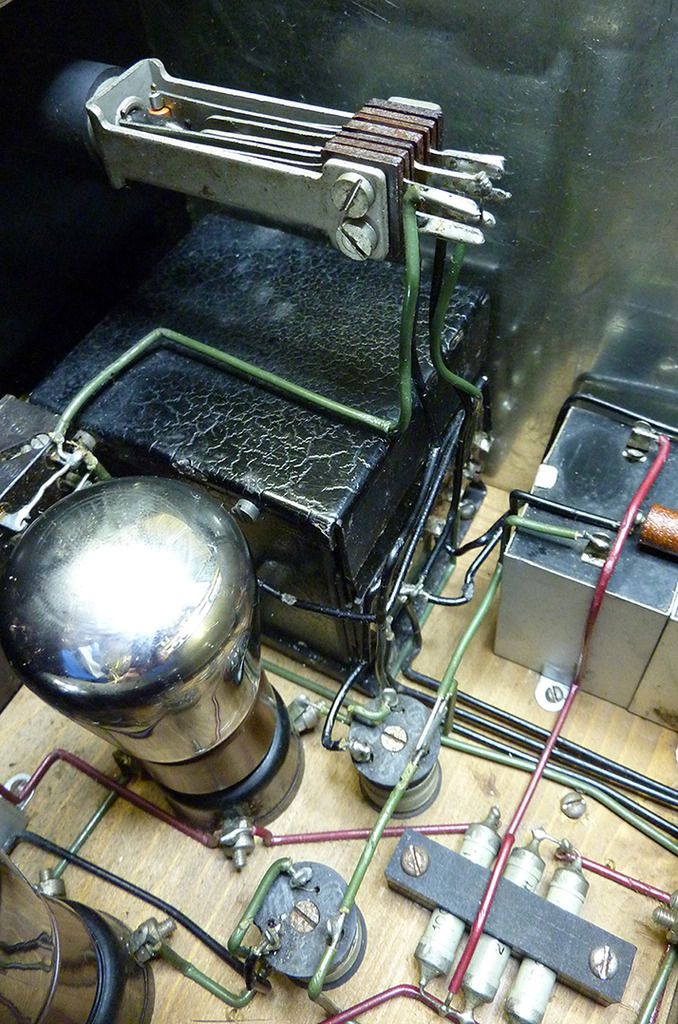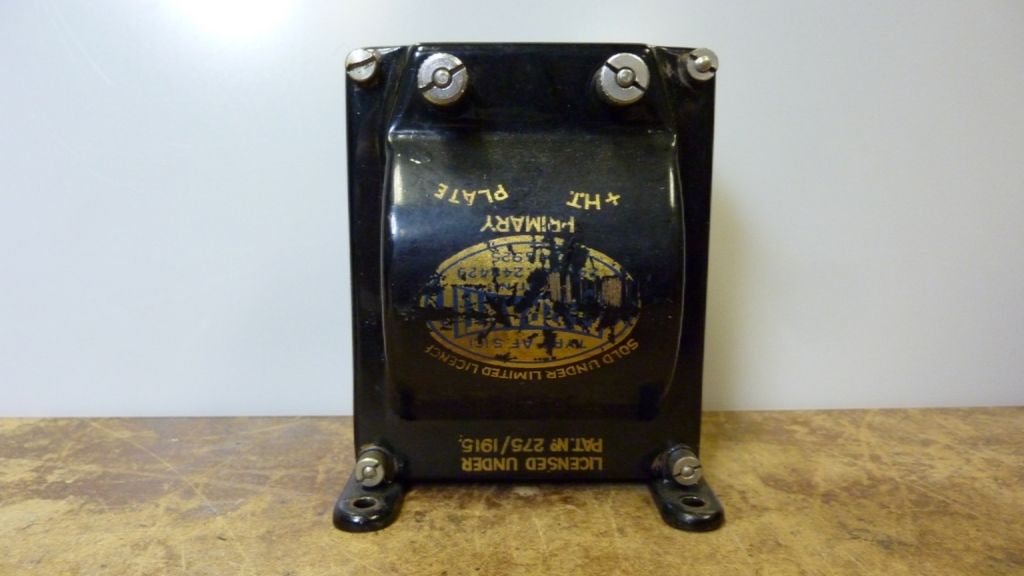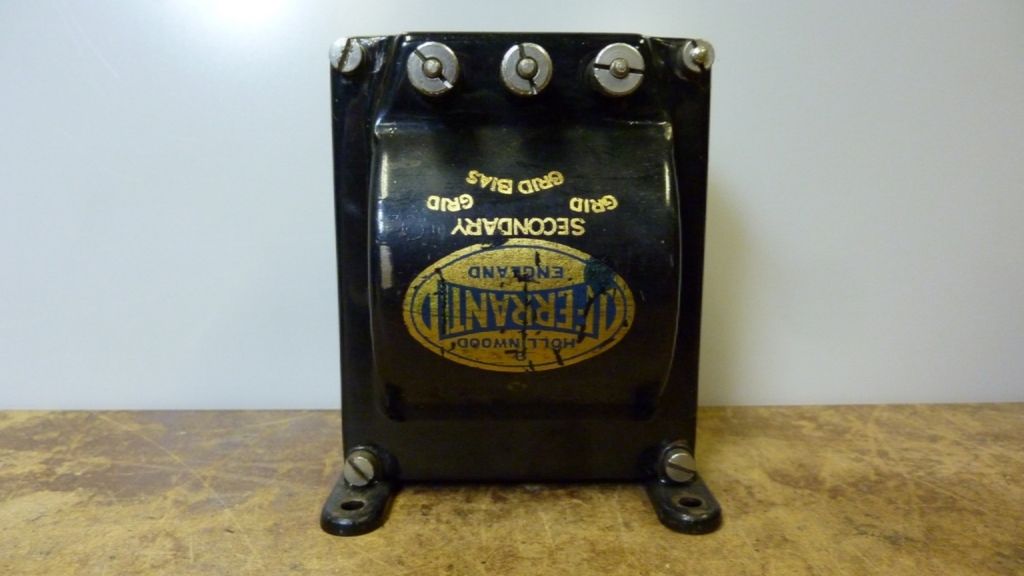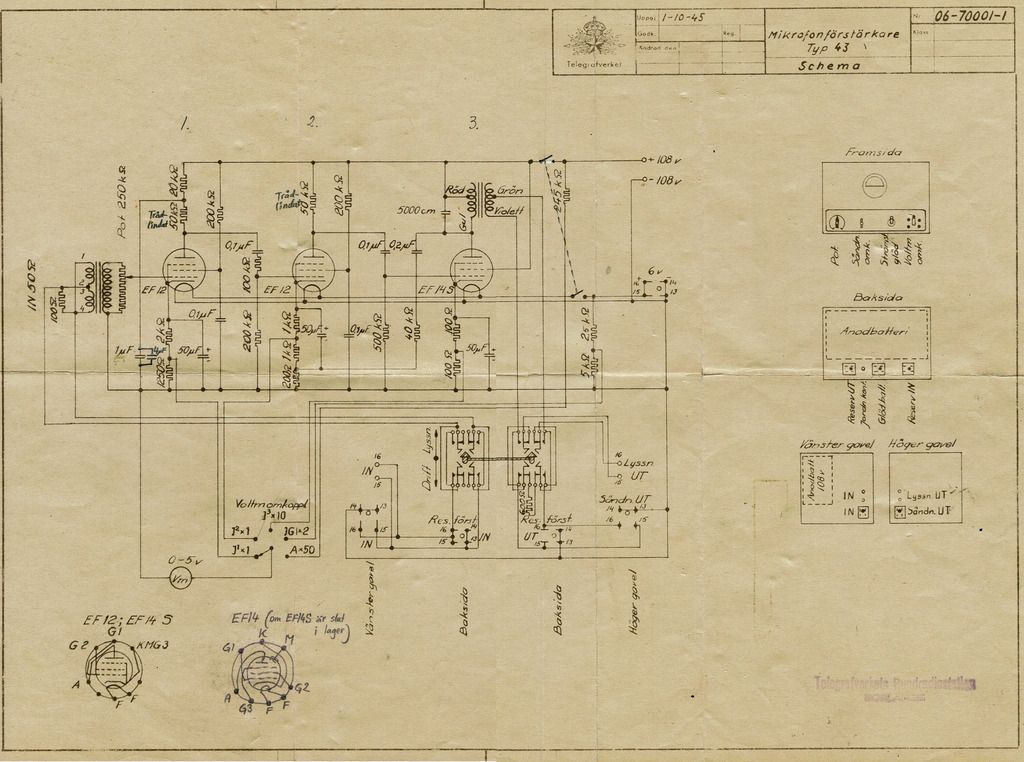Conviction
Well-known member
So here's an odd one: a microphone preamp from the late 1920's/early 30's. I actually found three of them in a storage, all with slight circuit variations (most likely due to different tubes used). I haven't had the time to confirm if its just a matter of biasing.
One of them actually works - and sounds unexpectedly good. The preamp's designed to be used either with a so-called Reisz microphone or a dynamic.
The AGA (manufacturer of some great broadcast & film equipment) input transformer looks like a rare one. Some of you have probably encountered Ferranti transformers by now, but they're getting pretty scarce too.
Here's the schematic:
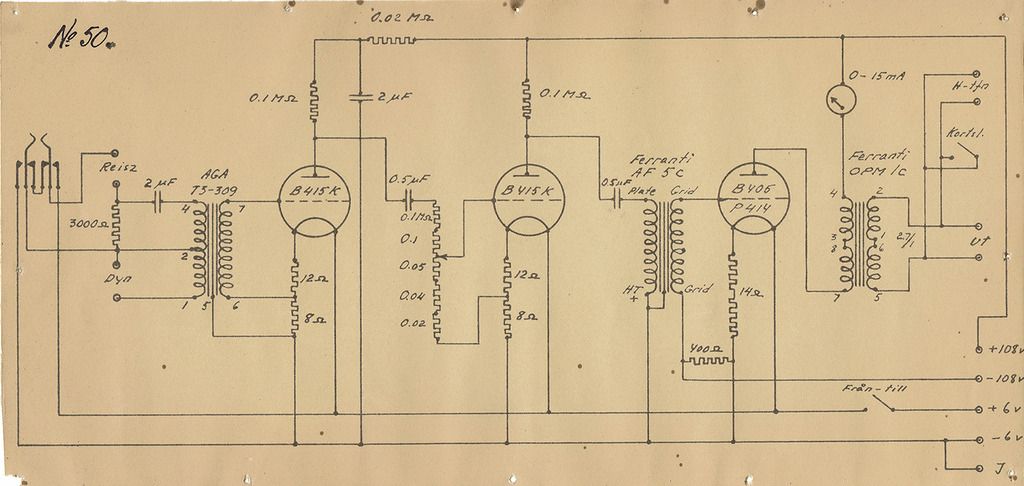
Does anyone recognize the circuit? Any similarities with other preamps from the same era?
The one working sports 2 Telefunken RE124's instead of B405's and, or you can see in the schematic, B415K's. Should be fully equivalent. They all have a B405 in the output stage.
One of them actually works - and sounds unexpectedly good. The preamp's designed to be used either with a so-called Reisz microphone or a dynamic.
The AGA (manufacturer of some great broadcast & film equipment) input transformer looks like a rare one. Some of you have probably encountered Ferranti transformers by now, but they're getting pretty scarce too.
Here's the schematic:

Does anyone recognize the circuit? Any similarities with other preamps from the same era?
The one working sports 2 Telefunken RE124's instead of B405's and, or you can see in the schematic, B415K's. Should be fully equivalent. They all have a B405 in the output stage.


































